AMERICA: THE ARGUMENT
What is American style? The answer is far from simple
A tourist in tacky shorts buys a McDonald’s hamburger: That’s American style. No, American style is the freedom to wear, say, and eat what you want. No, it’s a bland, mass-marketed widget. Are you kidding? It’s an ingenious reimagining of workaday materials. No….
There’s no consensus about American style. That’s what the FIT community at large revealed in our surveys and emails and interviews. In Hue’s online poll, a little over half of you said you loved American style (products, behavior, character), 43 percent called it “Meh,” and a small but significant number answered “Yuck.”
As we started this issue of Hue, it seemed like a good time to think about America. The past two years have been so disorienting that the fabric of our country sometimes appears torn beyond repair. The pandemic, the racial reckoning, challenges to the presidential election, the rise in violence: Once, Americans thought the answer to our problems was to come together to realize a common cause. But in our current polarized state, any simple solution seems doomed. The Hue team began with the idea of assembling a unified narrative; but we wound up doubting that American style could be conveyed in a single story.
So instead, we took a cue from Daniel Levinson Wilk, professor of American History, who called America a debate about itself (his quote is below). Our coverage recognizes multiple conflicting interpretations of American style.
We curated, of course. We strove for balance and broadness, and we sorted responses by theme. We scrutinized five American icons and the ways their makers are trying to improve them. Finally, we profiled two up-and-coming Fashion Design grads. For decades, FIT alumni dominated the field, with the clean, persuasive vision of Calvin Klein ’63 arguably at its apex. Peter Do ’14 and Mimi Prober ’12 are adapting that heritage, modifying it with innovation and sustainability and making it their own.
So whether you see American style as conformity or independence, youthful ingenuity or capitalist exploitation, we hope you’ll enjoy listening in as our community talks to itself. Do you see America as a delicious apple pie, ready for sharing? We get you. But if you can’t stand the place and want to tear it down? Well, my friend, that’s America, too. —Alex Joseph, MA ’15
“America has always been a debate about America.
Factory or farm, equality or straight-white-male supremacy, more or less government, immigrants (including immigrants from two or more waves back) or natives, jobs or the environment, masks or no masks. The paradox of our country is that it is all of these things at the same time.”
Daniel Levinson Wilk
Professor, American History
In anonymous surveys and one-on-one interviews, we asked the FIT community,
What is American style?
STARS AND STRIPES
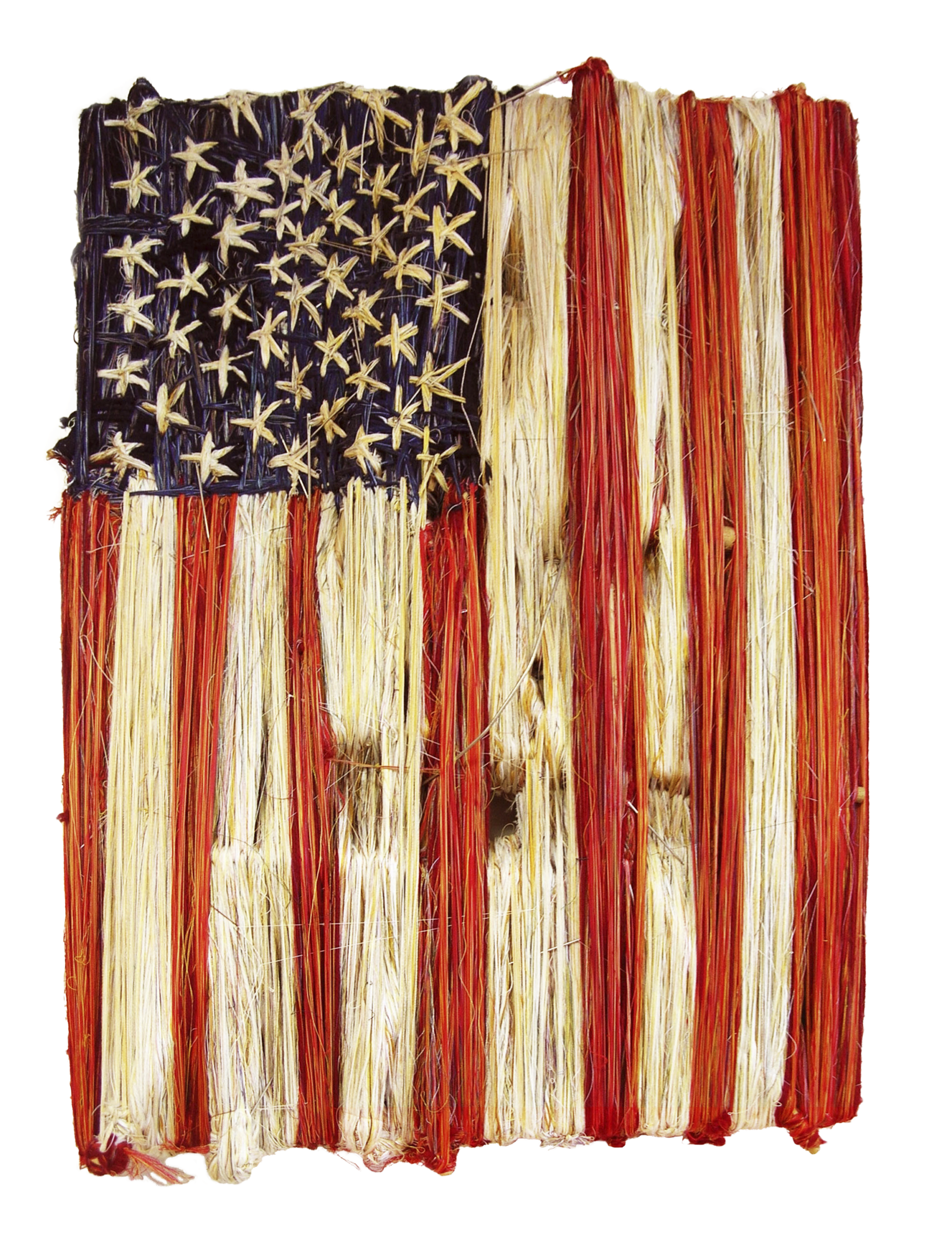
Textile artist Ruben Marroquin, Textile/Surface Design ’19, started weaving American flags out of yarn and bamboo about 10 years ago. The pieces were inspired not by simple patriotism but a more ambivalent feeling, says the Chicago-born, Venezuela-raised artist: “I do love this country. I say I’m from Venezuela, but I was always an American citizen.” Inspired in part by artist Jasper Johns’s famous (and controversial) encaustic flag paintings, Marroquin took up flags himself because he loved Johns’s use of texture. Surprisingly, he adds, the flag colors have precedents in Native American art. “You see a lot of white, for example, in the hides they used for teepees; they created red using cochineal insects; and I’m not sure where they got the blue from—maybe indigo plants.” Though Marroquin’s flags aren’t political, he understands that the symbol is charged—”especially in New York, people are suspicious of it.” They sell well, but he says he’s not planning to make more anytime soon. “Embroidering those 50 stars is a commitment.” — A.J.
SELF-CENTEREDNESS
“All the debates in politics, and the results of the 2016 election, are about a fundamental belief that the individual does not have responsibility for the community. This is particularly sad because America is such a wealthy and powerful country with the potential to do so much good for each other and for the world, and yet so much of our culture promotes the myth of the individual above all.”
—Faculty member
INDIGENOUS AMERICANS

Parkas by Indigenous designers like Edna Oktokiyuk highlight early American leadership in winter and performance clothing. At the same time, this parka represents undeniable style, with the auklet beaks and feathers creating a rhythmic pattern along the lines created by the seal intestines that make the parka waterproof. The story of American fashion began with Indigenous designers and they must remain part of the conversation today.
—JUSTINE DE YOUNG
CHAIR, HISTORY OF ART
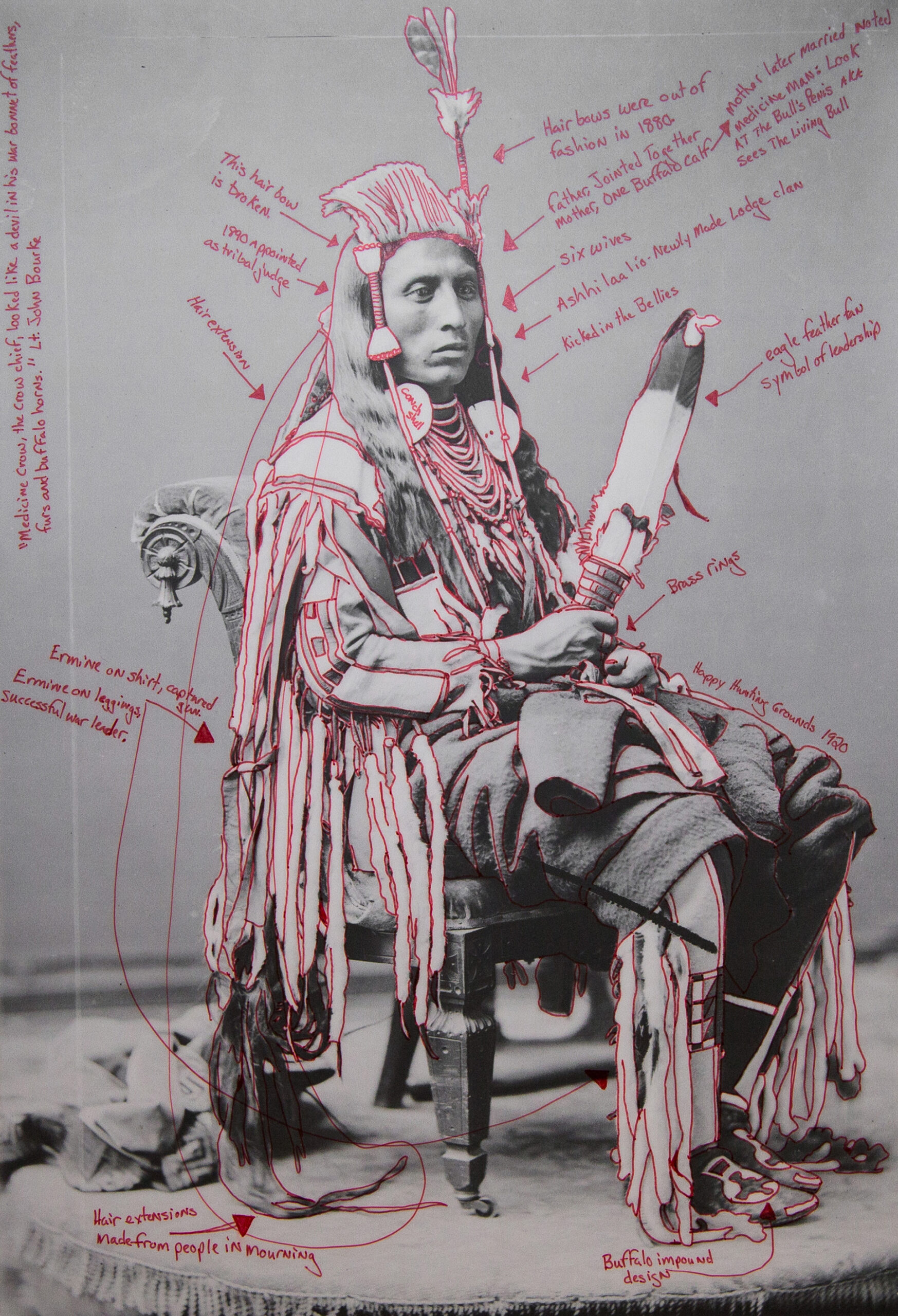
I study and teach Indigenous arts of North America. I would say anything called American style would include Indigenous awareness of local materials, especially made to reference animals and trade goods. In this annotated 19th-century photograph, the artist Wendy Red Star names the elements of her family’s clothing that often get appropriated without any understanding of the meaning of feathers and ermine. For me, American style is an ongoing striving for how to be open to live currents and undercurrents from geologic deep time to generations of animals, nonhuman and human, in sun and starlight.
—ANNA BLUME, PROFESSOR, ART HISTORY AND MUSEUM PROFESSIONS; HISTORY OF ART

It’s a retail powerhouse that consistently tops yearly sales by double digit percentages. Its top leaders live lifestyles far beyond what any single person or household needs. Yet Amazon consistently tries to strip its entry-level and minimum-wage employees of their voices, shutting down any and all attempts to unionize. It’s the key characteristic of American Style—the divide between the ultra-rich and the working poor.
NOTE: The Staten Island Amazon warehouse unionized in March 2022.
—Student
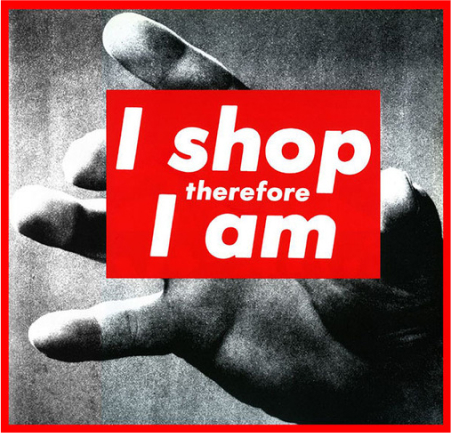
CONSUMERISM
Everything leads back to money and the business of “desire.”
BLACK FASHION DESIGNERS
In recent years, scholars have reevaluated fashion history and noted the overlooked contributions of Black designers to American style.
Couturiere Ann Lowe dressed women from prominent families of the ’50s, including the Rockefellers, Roosevelts, and Du Ponts. She is best known for designing Jackie Kennedy’s iconic wedding dress, an ivory silk taffeta stunner that, according to British Vogue, “remains one of the most imitated styles for brides ever since.” Lowe’s achievement went unacknowledged everywhere except the Washington Post.
Stephen Burrows ’66, star designer of the disco era, rose to prominence for his brilliantly colored, body-hugging “clothes you could dance in,” says Valerie Steele, director and chief curator of The Museum at FIT. In 1973, he competed at the Battle of Versailles, the legendary fashion contest between American and French designers that America won in an upset, confirming New York as a legitimate rival of Paris. Burrows’s looks exemplified the liberated esprit of American fashion, and he pioneered the use of Black models in his presentation, including Jennifer Brice, pictured here with Burrows. “The French were swept away by that,” Steele says.
Steele says the lack of sustained capital investment in Black designers has prevented any from becoming cultural icons, but brands owned by celebrities like Kanye West, Rihanna, and Serena Williams make a significant impact. And many designers are increasingly influential, for example, Kerby Jean-Raymond of Pyer Moss, “whose styles are often explicitly political,” and the late Virgil Abloh, “a global success at Louis Vuitton.” —Jonathan Vatner

“Freedom is intrinsic to the American style of doing business; it’s an ability and willingness to take risks. There’s a lack of tradition; plus, you didn’t have a long history of failure. Many trends start in America–think of the Kardashians. Social media influencers here can achieve a breadth and scale in their audiences quickly. TikTok is a Chinese company, but it produces overnight sensations in America. At Google, where I work, there’s a more free, flexible culture–a “test and learn” mentality. Even at Google offices in India, there’s the same expectations of work life. Of course, that might be about Silicon Valley culture, not Google. It’s hard to say what is really American about business now; we’re so global. The whole notion of “American business culture” might be historical.
Corey Moran
Cosmetics and Fragrance Marketing and Management ’15, Head of Industry, Fashion and Luxury, Google
QUICK TAKES

It’s representative of Americans’ desire for convenience and practicality.

It is protective, simple, easy to style, comfortable, not restrictive, ready for personalization, among other qualities.

One of the most inspiring things about this country is the fact that we all come from different places and bring our own unique cultures to the table. I love seeing how designers incorporate their heritage and life experiences into their work, and I feel that diversity enriches our industry immeasurably.

I love apples and I LOVE apple pie. How American can you get? (Apples originated in what is now Kazakhstan. —Ed.)

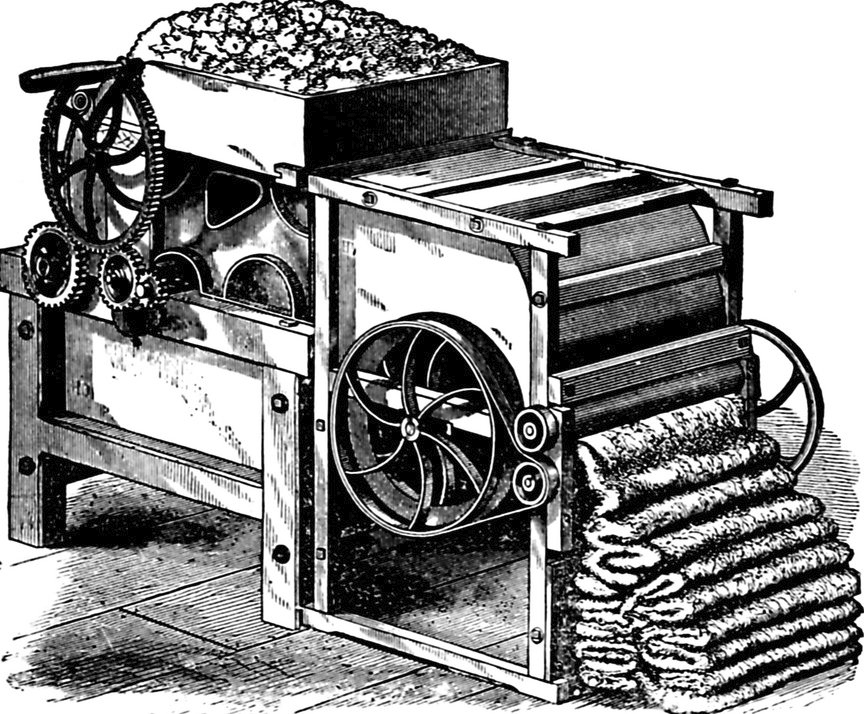
Trying to make the cheapest product for mass consumption. Separating the money from the person, what’s more American than that?
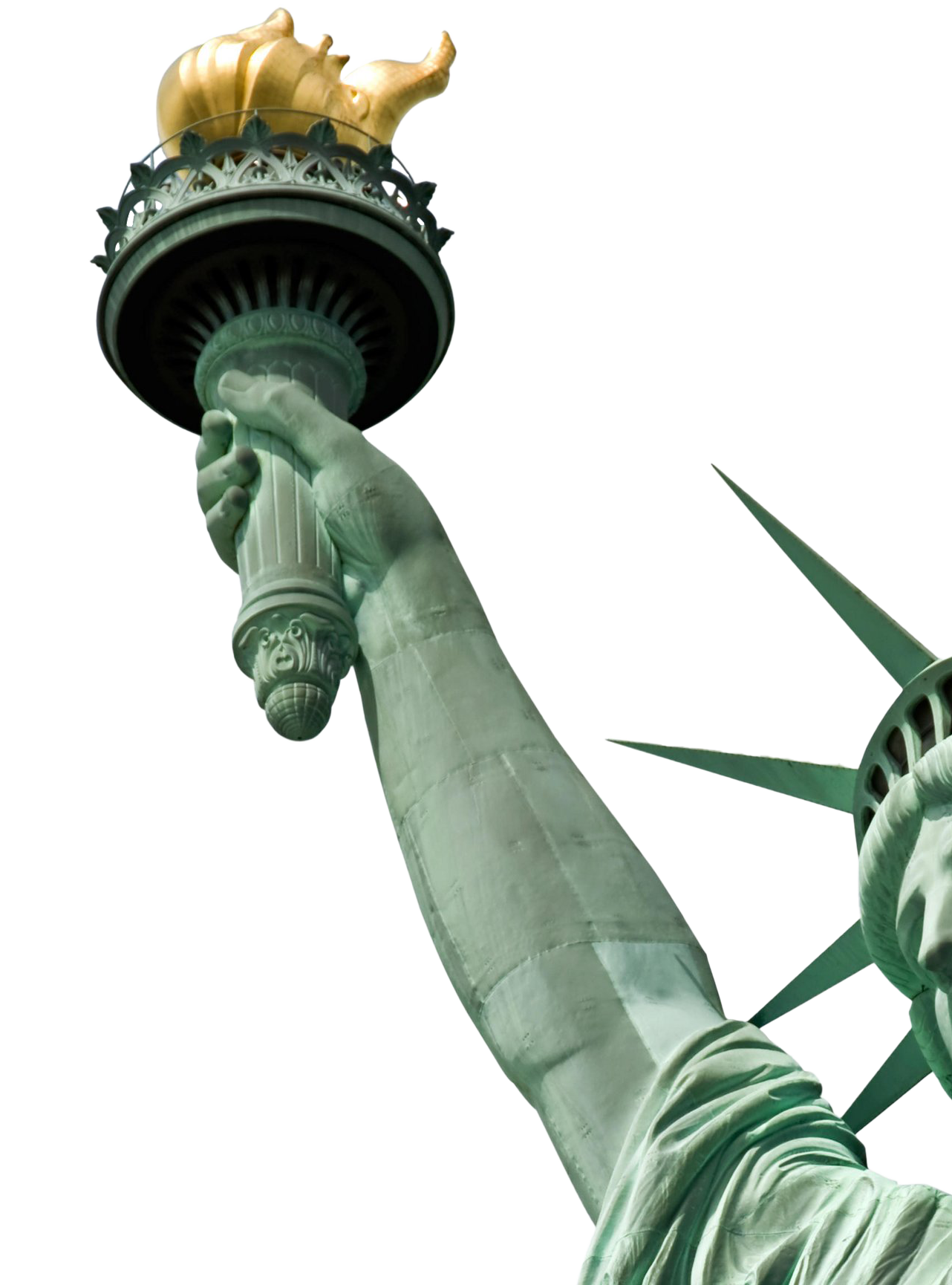
American style isn’t defined by one silhouette, print, or piece. There are no boundaries.
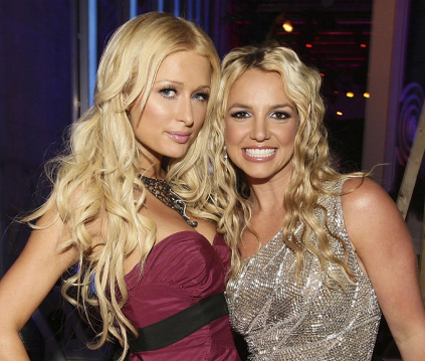
That’s America! Other countries don’t carry on like that.

The simplicity of a casual drink that brings people together.

American fashion is about standing out and being unique in your own way, sending out good vibes and positivity through creativity.

Allowing individuals the opportunity to be what they dream—without barriers. They have the tools and resources to achieve their own success.

in all areas, especially originality in pattern construction, materials science, and technology!
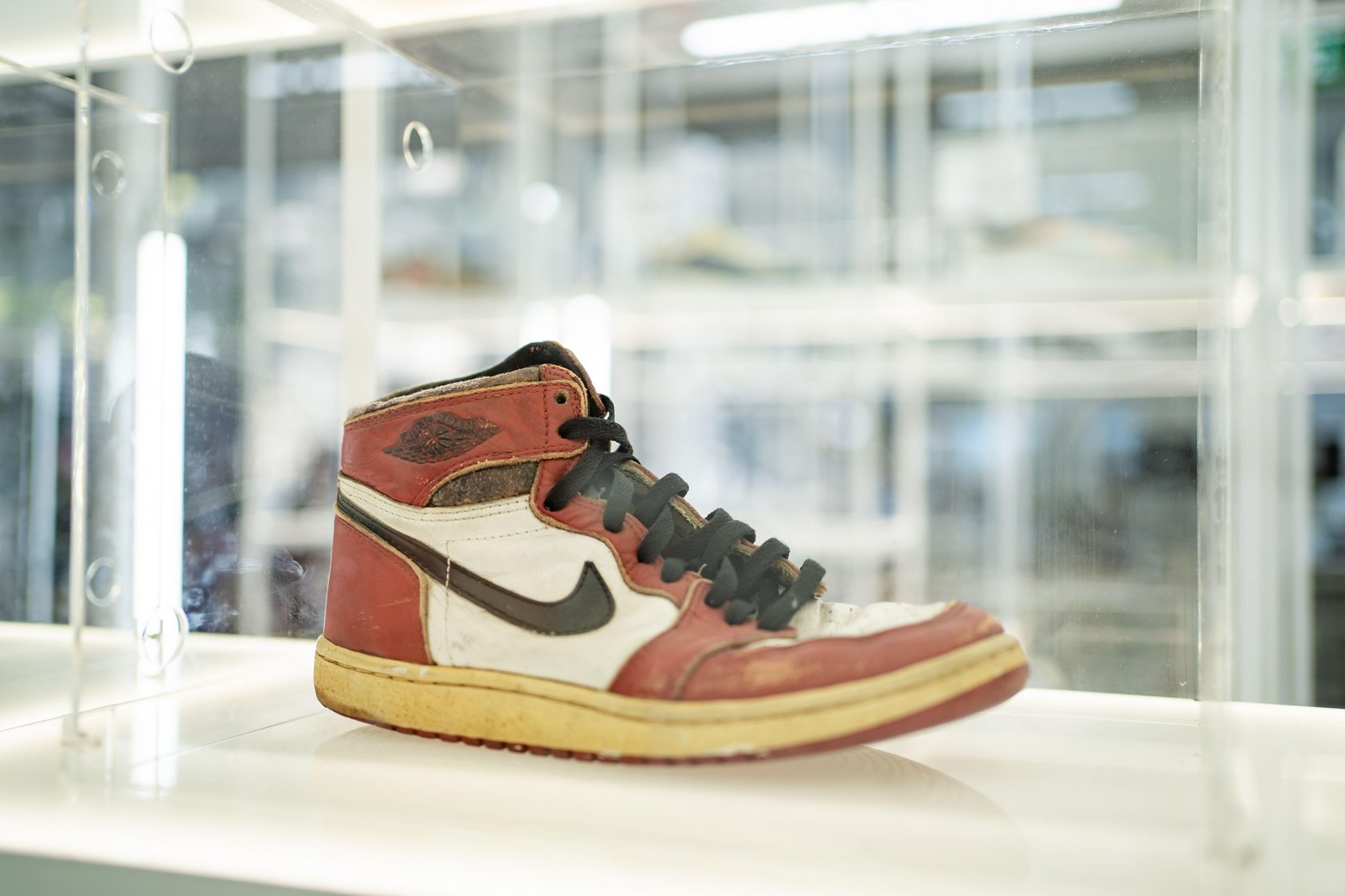

They are a perfect fusion of the utilitarian and the glamorous. They work on anyone of any gender and any age, and in any situation. That sense of democratic style is inherently American.

Contemporary American style evolves around self-expression, individualism, and experimentation to establish distinction. This is often achieved by mixing simple and complex shapes, materials, textures, and color to establish distinctive looks. The final result suggests an intention of conscious effortlessness or a sort of a planned spontaneous look but with an undercurrent of intelligent design.

This fragrance was designed in the U.S. for the U.S. market under Clinique, the best selling Estée Lauder brand. From the olfactive standpoint, it’s a bright, cheerful scent highlighted by orange notes. It was designed for the optimistic, carefree, life-loving American consumer and anyone inspired by the American dream.

Of 400 million firearms owned by American civilians, 20 million are AR-15-style weapons. It’s “the most popular rifle sold in America” (National Shooting Sports Foundation) —Ed.
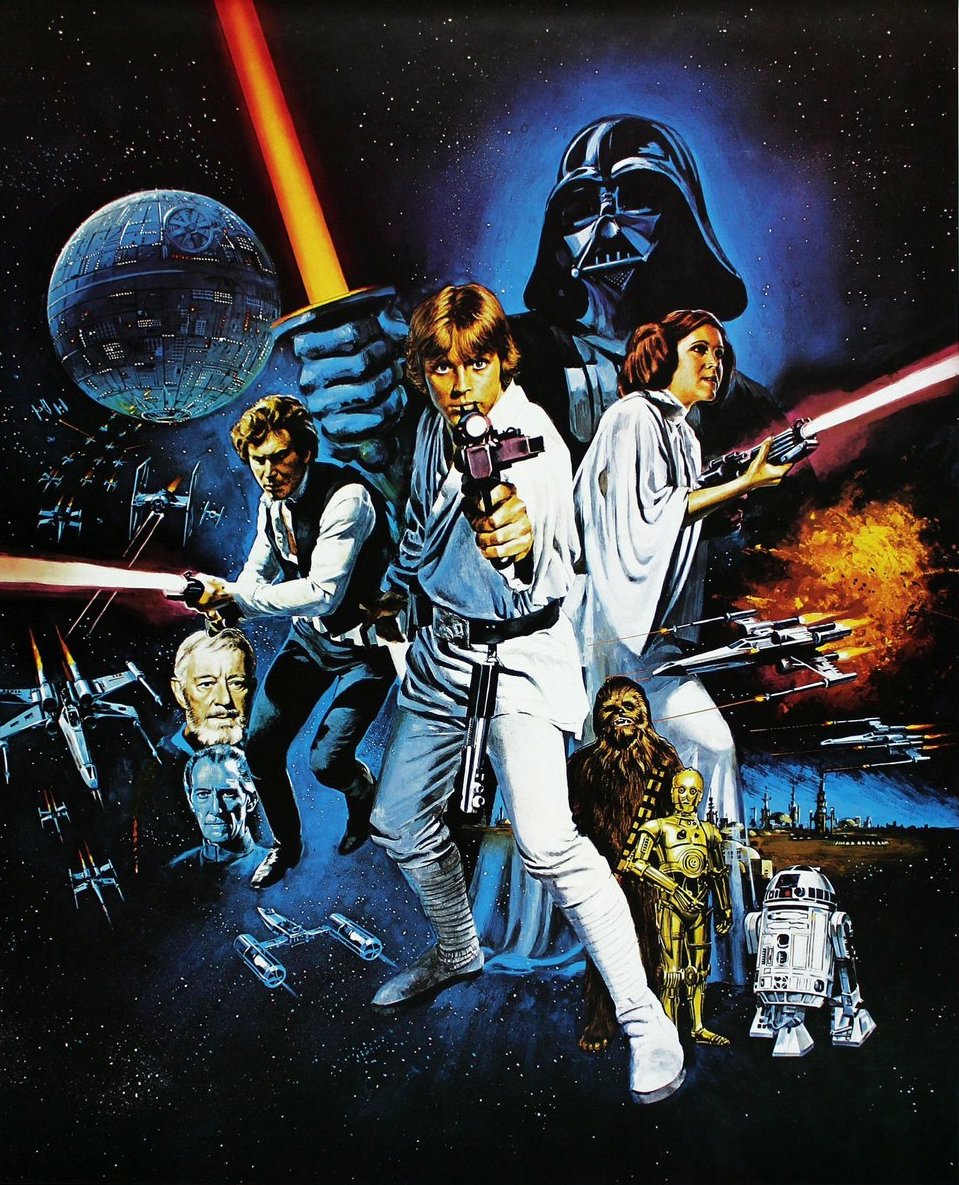
Jaws and Star Wars and Hudson Yards. It has to be a big spectacle to attract people, and it should have an element of capitalism baked into it, like a Yeezy sneaker or a Koons sculpture. In fashion or music or art, to be American is to be brash, loud, and a little crass.

The classic Oxford button-down shirt is a unique American style that derives from the British polo shirt of storied lineage, adapted by the top tier Ivy League cultural, educational, and political leadership of what [legendary magazine magnate] Henry Luce (1898-1967) described as the American Century. It exists nowhere else in men’s dress-up wardrobe anywhere else in the world, and is quite succinctly one of a kind.
MY FEELINGS ABOUT AMERICAN STYLE ARE GENERALLY:

TOURISTS
I travel worldwide, and you can recognize an American tourist from far away. Functionality and comfort are the two things that make the American style distinct. It provides freedom of choice with a sense of carelessness, as if no one is watching or if they do, who cares.
—PRAVEEN CHAUDHRY, PROFESSOR, POLITICAL SCIENCE
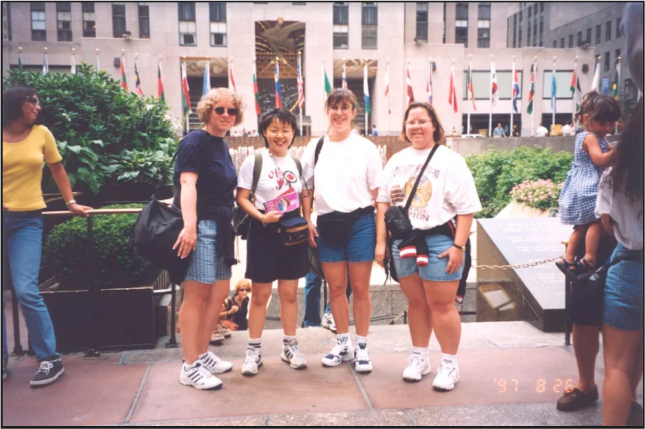
Artist Nikki S. Lee, Photography ’96, second from left, created projects in which she joined various groups—skateboarders, strippers, schoolgirls—and dressed like them for a time, then had snapshots taken of herself with the group, creating a commentary on identity. Her Tourist Project (9) features her in full American tourist regalia—fanny pack, blinding white kicks, even travel brochures. – A.J. [Photo: The Tourist Project (9), C-print, © Nikki S. Lee, 1997.]
BONNIE AND CLYDE
I associate the American sensibility with breaking new ground, with taking risks, with not being afraid to fail, with changing how the gamenis played, with being ahead of one’s time, even changing the rules. By that definition, what film could be more American than Arthur Penn’s Bonnie and Clyde (1967)? A film that barely got made, a film so ahead of its time that it bombed during its first release only to become a critical and commercial success a few months later during its re-release following the rave
review of film critic Pauline Kael, a fiercely independent maverick also quintessentially American? A film that made such an impact on fashion that designers are still channeling Faye Dunaway’s distinctive edgy look?

A film with an editing style so progressive that editor Dede Allen was originally fired before being re-hired (and privately paid for) by star and producer Warren Beatty (the first actor with the audacity to produce his own pictures)? Allen turned editing into an art form that would be discussed as seriously as cinematography moving forward. She would cut in the middle of scenes, leave out establishing shots, make cuts that didn’t match the action. She edited emotionally, with her gut, rather than “by the rules.” She was the first film editor—male or female— to receive sole credit on a movie, and this was for Bonnie and Clyde. The film changed everything in front of the screen and behind it. Cinema would not be the same after.
—DAHLIA SCHWEITZER, ASSOCIATE PROFESSOR, FILM AND MEDIA

FABRICS
Denim, from Levi Strauss to Calvin Klein, best represents American style. Regardless of color or condition, jeans, jackets, overalls, upholstery, bedspreads, pillows: Denim has touched the lives and hearts of Americans for decades.
—KAT SORRENTINO, FASHION DESIGN ’83

In American fabrics, the big theme is practicality, durability. Our lifestyle wasn’t for the cafe sitter, but the worker. “Style” was something you got from Europe. After World War II, when there was a shortage of luxurious European textiles, designer Claire McCardell turned to men’s shirting fabrics for her shirtwaist dresses: Dan River Mills, the largest textile mill in the South, turned out colorfast, wash-and-wear plaid shirts. Pendleton Mills represented the high end of American wool. They make double-sided, felted blankets with “reinvented” Native American motifs, based on the originals. The tribes love them—or at least they did. [Today, designs are commissioned from Native artists, who are credited and paid for their work.] In North Carolina, Karastan made “magic” carpets on machines that replicated hand-knotted wool carpets from the Middle East and Asia. It was such a high-quality product, it took a year to develop a single design. And Americans were pioneers in electronic innovations. IBM’s first patent for software was a textile program. Once CAD became connected to looms, design took off.
—PATRICE GEORGE, ASSOCIATE PROFESSOR, TEXTILE DEVELOPMENT AND MARKETING
NATURAL BEAUTY
The “no-makeup makeup” look championed by Bobbi Brown is the epitome of the relaxed, natural, healthy-glow U.S. beauty aesthetic. It grew out of the “California Look” in the ’80s, and was also a reflection of a simple, elegant, uncluttered aesthetic in American fashion.
—STEPHAN KANLIAN, CHAIR, MPS PROGRAM IN COSMETICS AND FRAGRANCE MARKETING AND MANAGEMENT

INTERIORS
In interior design, the average American still aspires to have a contemporary/modern home rather than a traditional style only the wealthy can afford. We are still searching for that “Black aesthetic” in architecture and design, or the hip hop answer to mid-century modernism.
—ERIC DANIELS, PROFESSOR, INTERIOR DESIGN
American interior design, in the past 20 years especially, has become more focused on good craft and craftsmanship. We have become more maker-driven with furniture, lighting, art, and millwork that is made by hand, made locally by talented artisans and using more sustainable materials.
—SHANNON LEDDY, ASSISTANT PROFESSOR, INTERIOR DESIGN
This porch and casual sitting room (right), located on Long Island’s East Hampton, feels like a quintessential American summer room–the awning stripe on the sofa combined with the floral pillows and distressed wood flooring. While this space is close to the beach, it could be anywhere. To us, American style is collected, personal, colorful and livable.
—MARA MILLER & JESSE CARRIER, BOTH INTERIOR DESIGN ’96, CARRIER AND COMPANY INTERIORS

CONTRADICTIONS
CONTRA
DICTIONS
Conformity…
Everything Americans do is centered around fitting in, being accepted by the masses, and fulfilling predetermined ideas of success, beauty, and health.
—Student
Or individuality?
Real American style isn’t always about fitting in with everyone else, it’s about staying true to yourself and standing out.
—Alum
New York, yes…
Always at the forefront of fashion, culture, food. Diverse. NYC symbolizes what the United States should be and the idea that the country sells abroad.
—Alum
Or no?
Remember, this is America. NYC is not representative of America—Walmart is.
—Alum
The U.S. animation industry is very commercially driven, so American animation style is, too. Pixar rules the market, and their storytelling is smart and highly crafted, but it does follow set formulas. As always, director Richard Linklater kind of defies this expectation. His new animated film Apollo 10½ is more risky and boundary-pushing, so it’s more likely to appeal to a niche audience. Maybe that’s what defines American animation style—an amalgam of offbeat niches living under the polyester carpet of an overbearing mass market.
Dan Shefelman
chair, Illustration and Interactive Media

GAME-CHANGING ADS
In 1982, an ad for Calvin Klein men’s briefs appeared on a Times Square billboard and changed advertising forever. Photographer Bruce Weber shot Olympic pole vaulter Tom Hintnaus from below, in erotic repose. Neil Brownlee, adjunct assistant professor, Advertising and Marketing Communications, says traditional men’s underwear ads were staid catalog shots. “The model was a middle-of-the-road type, shot three-quarter profile—not dead-on with the crotch right in your face.” The Klein ad’s genius lay in its awareness of a new audience: gay men. “It was mass marketing’s first attempt to bring Christopher Street to Main Street.” Further, Weber’s image highlighted the white briefs against the model’s bronze skin; in good marketing, “the product is always the hero.” Brownlee, a 40-plus year veteran of the industry, says the ad exemplifies a key principle: “Advertising that has an emotional rather than a rational effect will resonate.” Named one of “10 Pictures That Changed America” by American Photographer magazine, the ad confirmed Klein ’63 as fashion’s provocateur-in-chief. As for Hintnaus’s shredded physique, Brownlee says, “We call that ‘aspirational marketing.’” —A.J.
BLACK STYLE
Black style is American style. Whether it’s logomania, nail art, or bangles—those styles were made popular by people from the African diaspora, and Latinx people. The women standing proudly with Afros and hoop earrings, the men with their pants sagging and their hooded sweatshirts: To not celebrate people of color is not American.
—ELENA ROMERO, ASSISTANT PROFESSOR, ADVERTISING AND MARKETING COMMUNICATIONS
Today, everyone knows Nike Air Force Ones. But 15 years ago, it was a very important sneaker in the hip-hop community, worn specifically in certain regions. In New York City, people from different boroughs would wear different shoes. Kids made them their own. They would give them names: there were Timberland boots that were brown and green, and kids called them “beef and broccoli.”
—LATICHA BROWN, ACTING CHAIR, FASHION BUSINESS MANAGEMENT

Jamel Shabazz makes a sort of vernacular photography–there’s no affectation; he doesn’t get too creative in the way he shoots, and he doesn’t use lights besides the occasional on-camera flash. He lets his subjects express themselves in the way they dress, pose, and address the camera. His photographs are undeniably American because his subjects are.
—BRAD PARIS, ASSOCIATE PROFESSOR, PHOTOGRAPHY
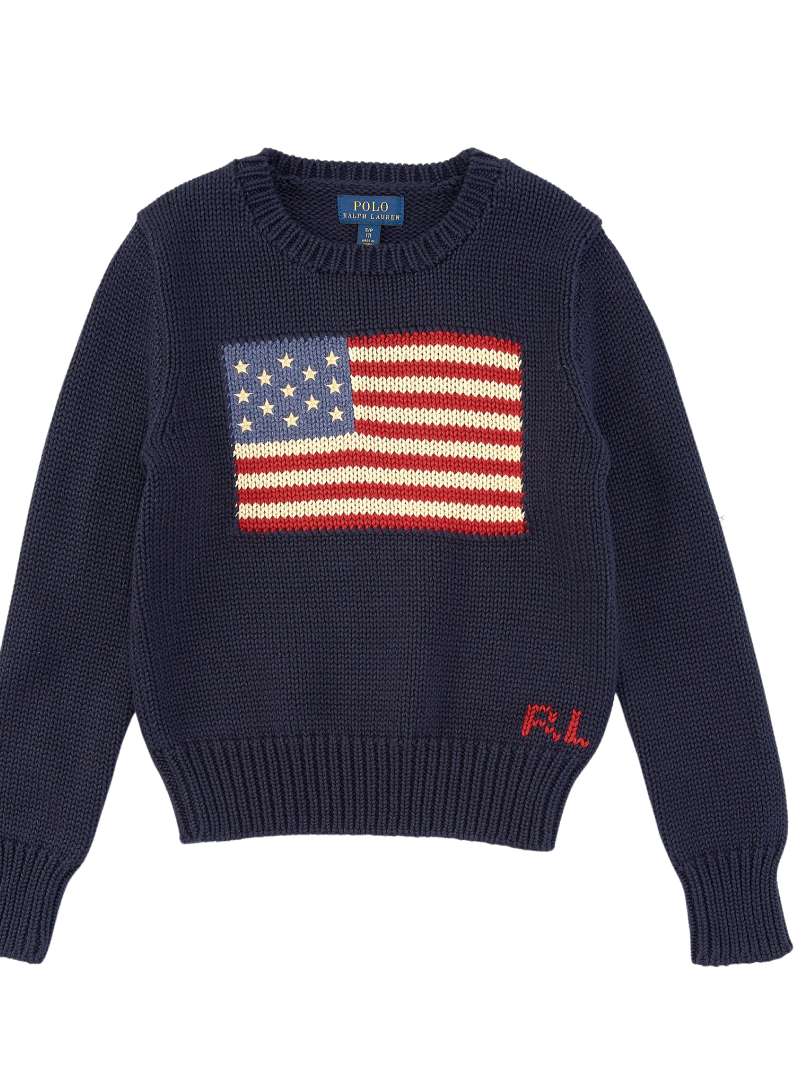
THE
CASUALIZATION
OF
DAILY
DRESS
Athleisure.
—Student
Mixing and matching old and new pieces, with a variety of textures keeps it fresh and unique. I love not having a cookie cutter dress code!
-Alum
Sportswear—by designers like Claire McCardell and Donna Karan’s bodysuit.
—Molly Taylor, Fashion Buying and Merchandising ’88, chief merchant, Saks Off 5th
I don’t think about elegance or sophistication. My mind goes to sweat pants, hoodies, sneakers. Comfort.
—Faculty member
To me, American style is freedom of expression: how we want to dress, what we want to wear, and where we want to wear it. And the quintessential American designer is Ralph Lauren.
—Vincent Quan, associate professor, Fashion Business Management
There are strains in American culture which militate against fashion expression. There’s a long history of Puritanism here that makes people think it’s somehow shameful to be too interested in fashion, particularly men. If you go to Italy or some parts of Africa, men are peacocking around, but in the U.S., not so much.
—Valerie Steele, director and chief curator, The Museum at FIT
Coming from an Austrian background, I’m always impressed by the American fluidity in navigating different cultures. American style is about ease.
—Sonja Rubin, Fashion Design ’93, adjunct associate professor, Fashion Design MFA
American style at its best is a kaleidoscope of cool, and it’s increasingly global.
—Kip Chapelle, Fashion Design ’93, adjunct associate professor, Fashion Design MFA

“For the future, the question is what will we be like in the metaverse? How will our avatars be dressed? That is what every fashion brand wants to talk about with me. Is this American? Well, Meta, an American company, is leading the charge. Being first, constantly evolving yourself, disrupting–that’s very American.”
Karin Westrenen Tracy
Marketing: Fashion and Related Industries ’93, Managing Director, Fashion, Luxury, Retail, Meta
What does American style mean to you?
Let us know!